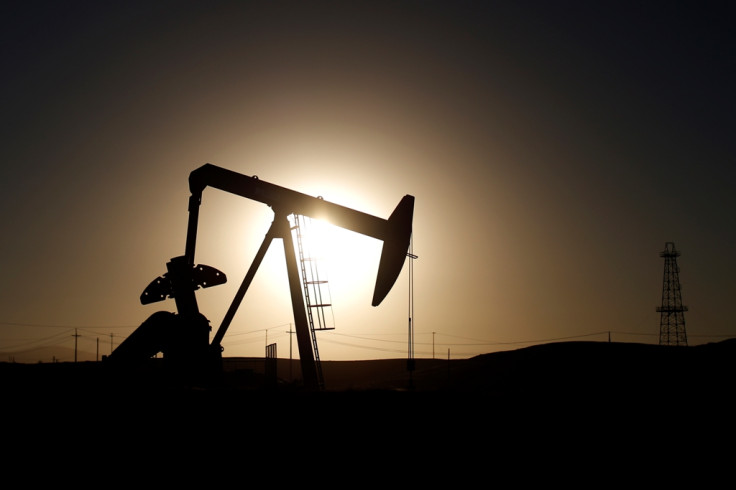Commodities round-up: Oil spikes to 18-month high after Oman and Kuwait lower output
Brent, WTI futures register gains of over 2.5% as Kuwait and Oman cut production in line with Opec and non-Opec accord.

Oil benchmarks rose by more than 2.5% on Tuesday (3 January) to an 18-month high after Kuwait and Oman moved to honour their output reduction pledge made as part of an agreement between Opec and non-Opec producers to rebalance an oversupplied market.
At 2.35pm GMT, the Brent front month futures contract was up 2.53% or $1.44 to $58.25 (£46.70, €56) per barrel, while the West Texas Intermediate (WTI) contract was 2.52% or $1.34 higher at $55.08 per barrel, with both benchmarks notching up their biggest annual gains since 2009 last year.
According to the Al-Anba newspaper, Opec member Kuwait has reduced output by 130,000 barrels a day (bpd) to 2.75m bpd. Separately, Ali Al-Riyami, director of marketing at Oman's oil ministry, said the non-Opec exporter was lowering its output by 45,000 bpd from its previously published level 1.01 million.
Bjarne Schieldrop, chief commodities analyst at Nordic bank SEB, urged caution. "The crude oil market is heading into 2017 on a very bullish note with net long non-commercial WTI positions (i.e. speculative positions) at a record high. With record net long speculative WTI positions and US shale oil rigs on a strongly rising path there is clearly a risk for price set backs ahead even though we have an overall positive view for oil prices in the first half of 2017."
However, SEB analysts expect 2017 to be much less dramatic than 2016 unless oil supply is hit by major unforeseen outages. "The variations between despair and euphoria should be much less extreme, and thus so should the variations in oil prices. While 2016 started bearishly and ended bullishly, we expect 2017 to be the opposite but not as extreme. US shale oil production – which was falling in 2016 – is going to rise this year," Schieldrop said.
Away from the oil markets, precious metals were on a positive patch with most contracts in the black. At 2.32pm GMT, Comex gold futures contract for February delivery was up 0.42% or $4.82 at $1,152.32 an ounce.
With Donald Trump poised to take the US presidential office, some market commentators reckon his erratic outbursts on Twitter and protectionist attitude might push safe-haven seekers to gold. However, with the Federal Reserve tipped to hike interest rates thrice over the course of 2017, such a case is far from clear cut.
Seven out of 12 analysts polled by IBTimes UK believe that the yellow metal could slump back to $1,000, even if 2016 ended with gold posting an annualised uptick of 9%. FXTM Research Analyst Lukman Otunuga is among those who believe gold is for a rocky 2017.
"Gold's current trajectory still points to the downside; a hint of new year jitters could encourage bullish investors to exploit the current technical bounce. Technical traders could observe how gold reacts to the light $1,175 resistance. Generally speaking, gains could be limited in the new year if the combination of dollar strength and prospects of higher US interest rates repel investor attraction."
Elsewhere, in the precious metals sphere, Comex silver for March delivery was up 0.73% or 12 cents at $16.11 an ounce, while spot platinum was 3.94% or $35.60 higher at $938.70 an ounce.
© Copyright IBTimes 2025. All rights reserved.






















